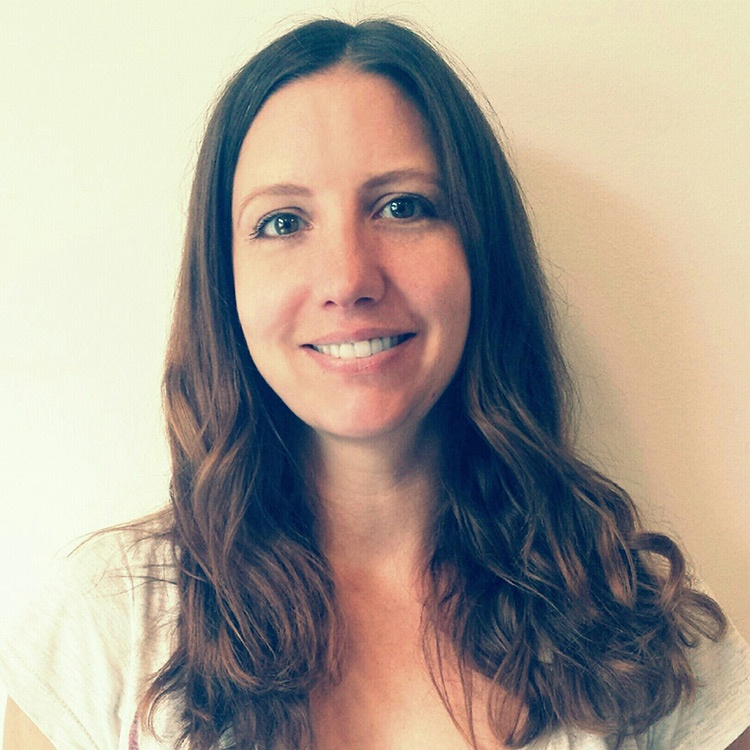By Dr. Katrin Flatscher
Budget constraints and short-term funding are a fact of life for most research labs. The problem can be particularly acute if you are working with living cells, which presents complex technical challenges. Working with precious or irreplaceable cell samples, for example when researching rare diseases, adds additional demands. To make matters worse, the types of assays, methods and instrumentation you need to answer complex biological questions in live cell models may change significantly during the course of your research.
For ideas on how to reduce some of these research costs, we turn for inspiration to researchers at EB House Austria¹, a unique and highly specialized clinic and center for research of Epidermolysis bullosa (also called EB or “Butterfly Disease”).

How much are cell based assays costing you?
Using cell-based assays and live cell models in your research often requires expensive equipment, reagents and consumables. Cell models can be difficult to establish, and the experiments are often complex, with multiple markers and time points. Biological variability and errors due to tedious manual tasks can lead to spurious results and the need to repeat assays – sometimes more than once. However, when working with rare samples and primary cell models, obtaining additional material in order to repeat your experiments may not be an option.
All of this can take a big dent out of a limited budget, so it pays to take a careful look at workflows and choice of equipment: Are you getting the best return on your investment? Is it flexible enough to handle many different potential applications? Are you getting high-quality results the first time, even with live cells and rare or limited samples? Is lab workers’ time being used efficiently, or are PhD students spending hours doing repetitive manual tasks that could be automated?
Rare disease research requires making the most of a limited budget
EB House Austria is tackling research into “butterfly disease” (Epidermolysis bullosa, EB) from several different angles, including: gene therapy, basic cancer research, wound healing, small molecule development, and epigenetics. Dr. Verena Wally, group leader of small molecule research, focuses her work on the identification of potential therapeutic targets. Currently, she and her group are studying the role of regulated microRNAs in developing tumors to identify potential biomarkers. The team recently started using an automated microplate reader from Tecan that has delivered productivity and cost-saving results.
Three ways an automated microplate reader helps stretch budgets
1. Easy automated cell counting
Small molecule drug discovery requires a broad range of functional assays that used to be highly time-consuming. For years, many applications such as the monitoring of cell proliferation, migration and invasion have relied on conventional manual cell counting techniques. For example, Dr. Wally’s group previously carried out migration assays by hand: taking pictures with a manual microscope and using cell counting software or counting cells manually. Now, they are using a Spark® multimode microplate reader with automated cell counting to save time, free up personnel and ease their workload.
Due to its high-quality imaging capabilities, the Spark reader can perform confluence measurements that are essential for many key functional assays including proliferation, migration and invasion. The team also uses Spark for luminescence measurements to study the interactions of microRNAs with three prime untranslated regions (3’-UTRs), and to assess cell viability with tetrazolium dye MTT assays. Fluorescence capability of the Spark reader also enables Dr. Wally’s group to quickly and accurately assess transfection efficiencies, for example by performing automated quantification of green fluorescent protein (GFP) expression.
Spark microplate reader can be customized with additional modules for expanded functionality. For example, EB House uses the Gas Control Module (GCM™) and Live ViewerTM modules to optimize their workflow and design time-course experiments that were previously unachievable, as they required the physical presence of a researcher in the lab over a very long time period of time to handle manual steps such as changing microtiter plates in the reader.
2. Improved flexibility and reproducibility of assays
Dr. Wally’s team find that using an automated plate reader for live cells removes user bias and human error – a key advantage for experimental reproducibility. The automated readout of the Spark plate reader is particularly useful for time-course experiments that require regular measurements over extended periods up to several days. Prior to implementing these automation options, measurements could only be made when staff were present in the lab, which increased their risk of missing crucial time points. Now they can simply leave plates in the reader, walking away while the system reliably performs automated image capture and quantitative measurements at regular intervals, even at inconvenient times such as overnight or at weekends.
3. More economical use of rare cell samples
A major challenge of rare disease research is the recruitment of patients. To make matters worse, most EB patients are kids with painful and sensitive skin; biopsies are therefore a physical and psychological burden. In some cases, parents will not even give their consent to biopsies, for fear of causing undue discomfort and distress. Accordingly, cell samples of EB patients are precious, and researchers strive to use the lowest amount of cell material for as many experiments as possible. Skin cells differentiate within four weeks. Primary skin cells can only be reliably cultivated and used for a maximum of ten passages. Using the Spark® multimode plate reader, researchers can measure even lower cell numbers and a higher number of samples in a single run, which helps to make the most of precious samples.
With the aid of robust and reliable automation solutions, research into butterfly disease is advancing more efficiently and yielding exciting new results. For example, Dr. Wally and her team recently developed an ointment with the active ingredient diacerein for the treatment of Epidermolysis bullosa simplex. Diacerein is an anti-inflammatory agent that works by inhibiting interleukin-1 beta and is also used to treat joint diseases such as osteoarthritis, which causes swelling and pain. A phase 2/3 randomized, placebo-controlled, double-blind clinical trial provides evidence of the efficacy of 1% diacerein cream in the treatment of EBS. The treatment resulted in a significant reduction in absolute blister numbers with no adverse side effects².
Summary
Researchers working with limited budgets and precious live cell samples face numerous challenges that include demanding cell-based experiments, varied and changing application needs, and time-consuming, laborious procedures. Tecan’s Spark® microplate reader helps overcome these challenges by providing walkaway automation, the flexibility of multiple detection modalities, and robust solutions for live cell maintenance, imaging and kinetic analysis. The multi-modular instrument can be configured as needed and as budget allows, from fundamental to high-end.
To find out more about the Spark reader platform and how it can be customized to increase productivity and streamline your research, talk to a Tecan expert now.
Further reading:
Research at the EB House Austria
Wally et al., Diacerein orphan drug development for epidermolysis bullosa simplex: A phase 2/3 randomized, placebo-controlled, double-blind clinical trial. Journal of the American Academy of Dermatology. Volume 78, Issue 5, Pages 892–901.e7
About the author

Katrin Flatscher
Dr. Katrin Flatscher is an application scientist at Tecan Austria. She studied molecular biology at the University of Salzburg and focused on cell biology and immunology research during her PhD. She joined Tecan in 2007 and has been involved in the development of the Infinite as well as the Spark multimode reader series.











